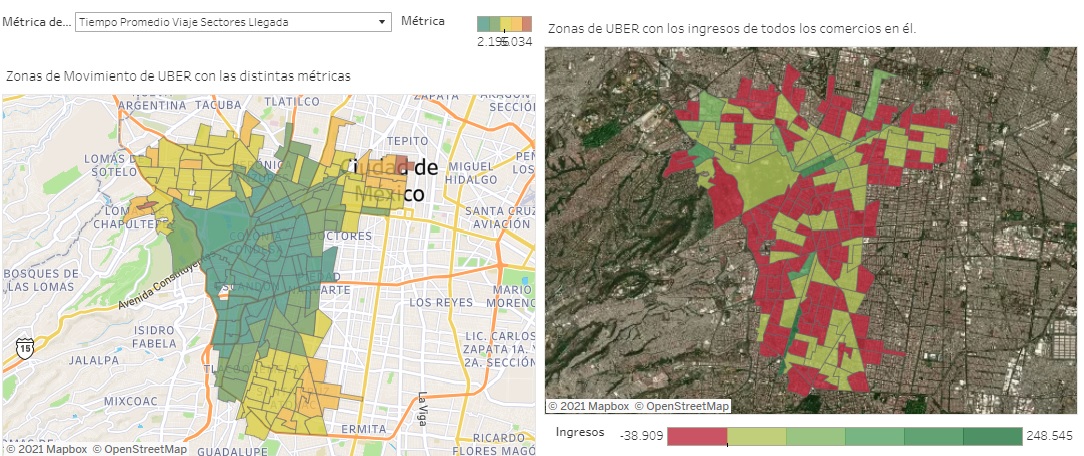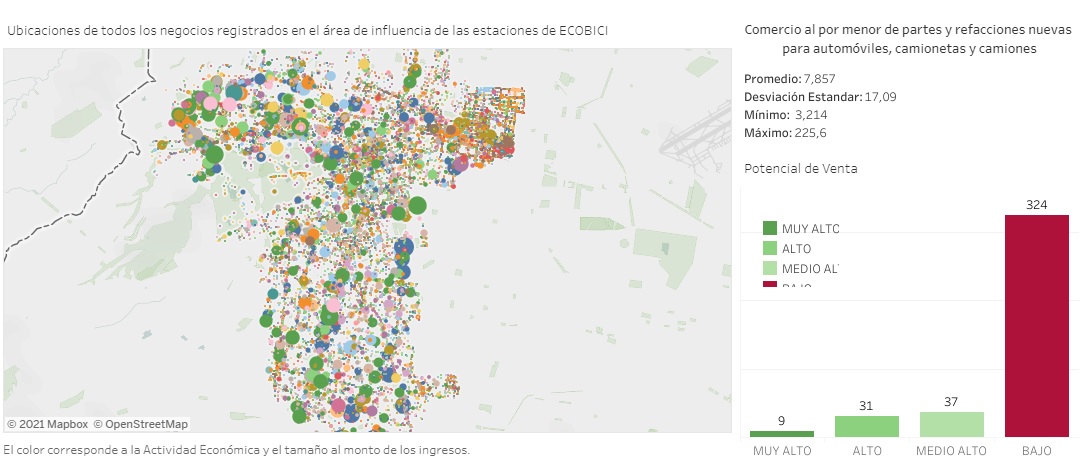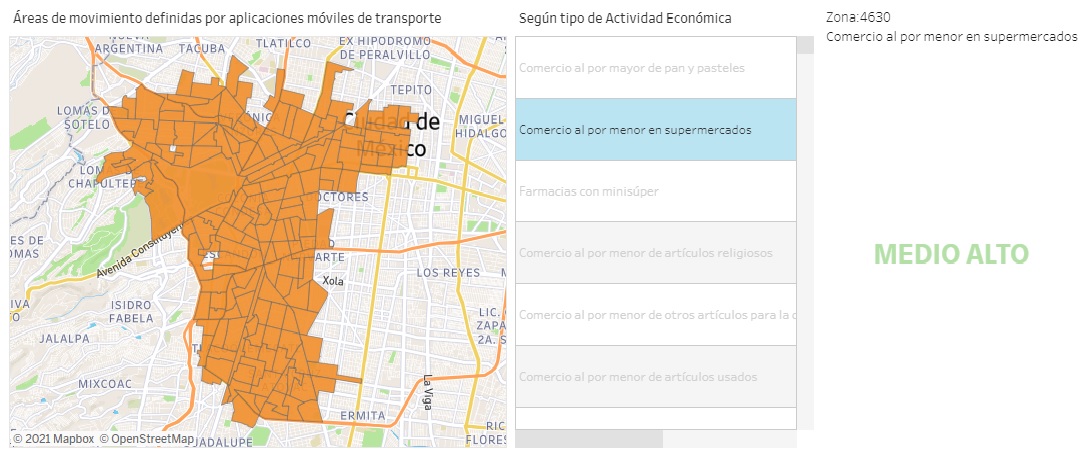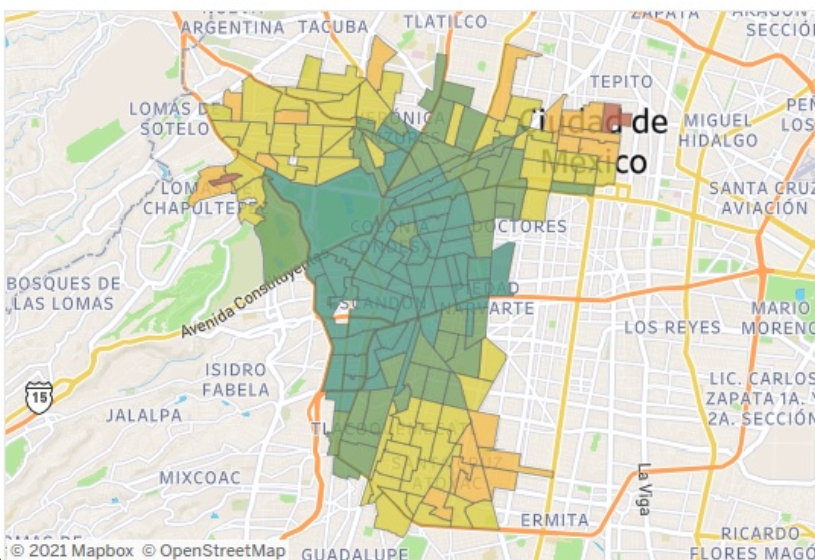Through the management of large volumes of data, it is possible to understand the pedestrian mobility of an area or city, and from this, predict the sales potential of a business according to its location and the characteristics of consumers who pass through the surrounding area.
Currently, companies in the retail and mass consumption sector that have opted to develop “data driven” work teams have found in Business Intelligence and Geomarketing solutions a new way to understand the dynamics of their business models.

Although in the past there have been studies and analysis of the influx of consumers in certain areas of cities, now there are new methodologies and other data sources that provide more accurate results.
See “Consumer Mobility as Data”
Transaction records of micro-mobility services, such as those generated by companies dedicated to renting bicycles, electric scooters or scooters to travel short distances in cities, travel information from mobile applications dedicated to transporting people and data provided by cell phones or Internet sites, are some of the sources that make it possible to perform this type of analysis.

In the retail and mass consumption sector: What problems can be solved by using people mobility data?
It is possible to use these solutions to improve the process of identifying and selecting the most suitable site for a retail outlet and thus reduce investment risk. It is also possible to establish whether a commercial establishment is selling everything it could sell, based on the levels of pedestrian mobility in the area and the consumption capacity of those who pass through it.
You might be interested: Geospatial Data for Real Estate Market
How are these solutions implemented?
In order to develop solutions for companies in this sector, models are developed that are fed with data describing consumer mobility. These tools are capable of estimating the sales potential that a store should aspire to, based on its location and the level of pedestrian traffic.
For these models to provide accurate estimates, the data must be complemented with information on the socioeconomic level of consumers who pass through the sites under analysis and, in some cases, it is also possible to access turnover figures for businesses operating in a certain area of the city.
For the start-up and implementation of these solutions, several methodologies are used, combining the use and analysis of pedestrian mobility data with the application of machine learning algorithms.
Methodology used
The methodology used for the development of these solutions consists of the application of models that have the ability to learn, generalize and retain knowledge from the data, which allows to know the areas with greater sales potential for a business in the retail sector.
What added value does this solution generate?
Allows commercial companies to analyze whether their sales levels in existing establishments are reaching their potential, based on the pedestrian mobility of the area and the socioeconomic level of the people, and also helps to identify suitable areas for the opening of new stores.

Contact us to get more information about our business intelligence solutions


